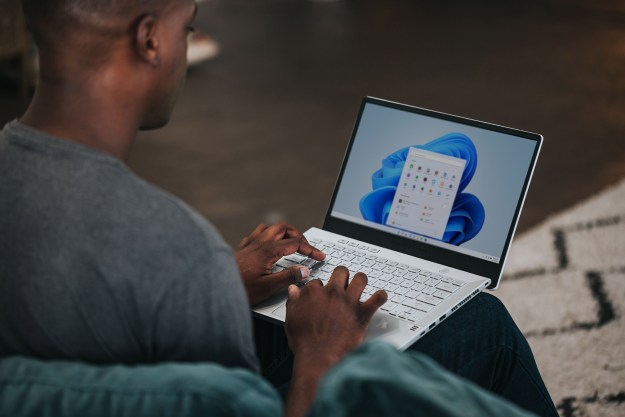Passwords are a great way to secure your personal information or any other documents and files you’d rather keep away from prying eyes. But if you find that entering in a password every time you want to use your Windows 10 computer is tiresome, or you’re having trouble remembering your computer’s password and would just rather be automatically logged in, you do have the option to remove your login password from Windows 10.
A word of caution, however: If you have personal information (such as sensitive information regarding your finances) stored on your computer, we strongly recommend that you do not remove your computer’s password. Should your computer become lost or get stolen, enabling a strong computer password can offer great protection from identity thieves who would love to get their hands on your personal, sensitive documents. Plus, a computer password can also afford you a bit of privacy from others should you happen to leave your computer unattended for a few minutes or hours but don’t want your friends, family, or others to see all of your documents and files while you’re away from your computer. In most cases, we recommend that you always keep your computer’s login password enabled as a layer of protection from harmless nosy people and not-so-harmless identity thieves.
However, if you insist on removing that layer of protection in favor of easy, quick access to your computer, here’s how to bypass your Windows 10 login password.
How to remove your login password from Windows 10
Step 1: To the right of the Start menu icon, type “netplwiz” into the desktop’s Search box. Select the Netplwiz Run command that appears in the search results.

Step 2: You’ll then be taken to a screen called User Accounts. Uncheck the box labeled Users Must Enter a User Name and Password to Use This Computer.

Step 3: Select Apply. You’ll then be asked to enter your password. After doing so, select OK. Then select OK again. That’s it! The next time you restart or turn on your computer, Windows 10 should automatically log you in without prompting you for a password.
How to add a login password back to Windows 10
You may change your mind later about not having a password on your Windows 10 computer. In the event that you do want to secure your computer with a password again, here’s how to do it:
Step 1: Open the Netplwiz Run command as we did earlier, using the Search box.
Step 2: On the User Accounts screen, make sure to check the box next to the phrase Users Must Enter a User Name and Password to Use This Computer.
Step 3: Click Apply > OK. That’s it! The next time you restart or turn on your computer, you’ll see a lock screen, and you’ll be prompted to enter your old password in order to log in.
Editors' Recommendations
- How to adjust screen resolution in Windows 11 and older
- How to change your Zoom background on Mac and Windows
- How to remove a Microsoft account from Windows 11
- Hackers targeted 1Password after Okta breach, but your logins are safe
- The best Windows 10 keyboard shortcuts


